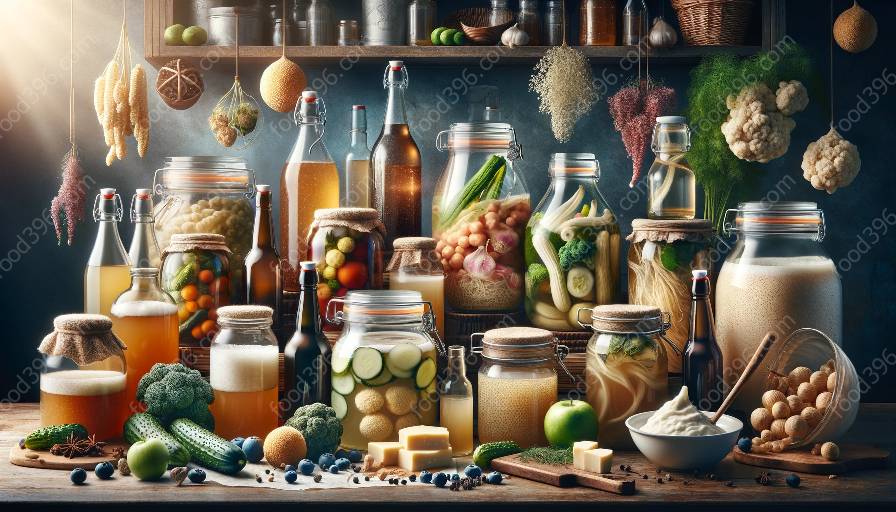Vinegar holds a significant place in the realm of food preservation, processing, and culinary arts. Its journey from raw materials to the final product is deeply intertwined with the process of fermentation, offering a rich blend of tradition, science, and innovation.
The Fermentation Connection
Vinegar, a versatile condiment and preservative, is the result of a fermentation process that involves the conversion of sugars into acetic acid through the action of acetic acid bacteria. This transformative process is a key link between vinegar production and fermentation, as it harnesses the power of microbial cultures to create a product that has been revered for centuries.
Selecting the Raw Materials
The journey of vinegar production typically begins with the careful selection of raw materials, primarily fruits, grains, or other fermentable substances. Each raw material imparts its own distinct character and flavor to the final product, making the selection process a crucial determinant of the vinegar's quality and composition.
Fermentation Process
The selected raw materials undergo a series of steps to initiate and sustain fermentation. The first phase often involves the conversion of sugars into alcohol through the action of yeast, followed by the introduction of acetic acid bacteria to facilitate the conversion of alcohol into acetic acid, the key component of vinegar. This intricate process is a marriage of precise conditions, time, and care to ensure the development of the desired flavors and aromas.
Varieties and Applications
The world of vinegar production encompasses a diverse array of varieties, ranging from fruit-infused vinegars to malt and grain-based products. Each variety offers unique flavor profiles and culinary applications, adding depth and complexity to a wide range of dishes and preparations.
Food Preservation and Processing
Beyond its culinary allure, vinegar plays a pivotal role in food preservation and processing. Its natural acidity acts as a preservative, inhibiting the growth of bacteria and prolonging the shelf life of various food products, including pickles, sauces, and dressings. This inherent quality has positioned vinegar as a time-honored ingredient in the art of food preservation.
Modern Innovations and Traditions
While the principles of vinegar production remain rooted in time-honored traditions, modern innovations have brought forth new techniques and approaches to enhance efficiency and product quality. From state-of-the-art fermentation equipment to innovative flavor infusions, the world of vinegar production continues to evolve, blending tradition with contemporary ingenuity.

